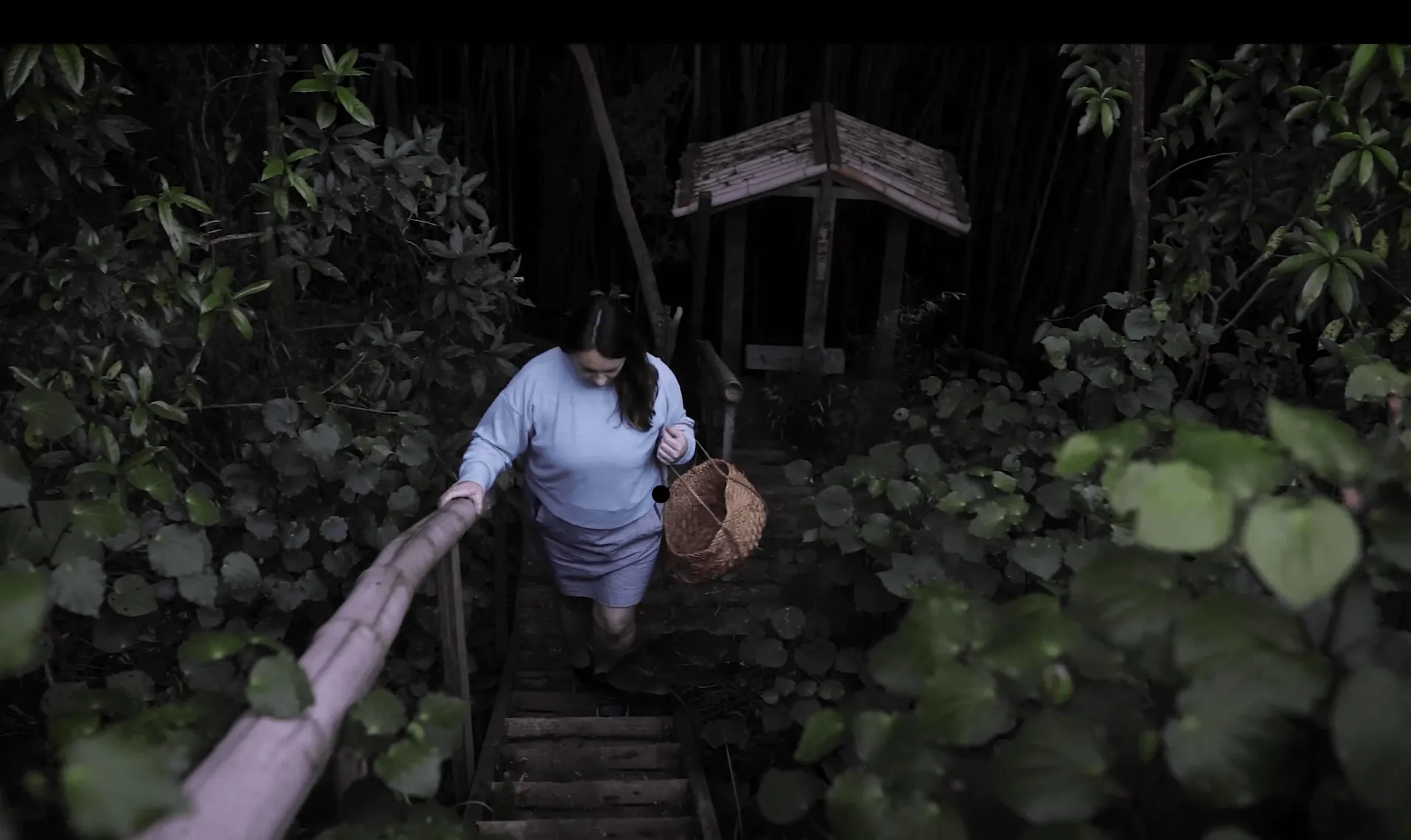
Bird of the Year 2025 - Celebrating 20 years
Break out the bird-day cake! In 2025, we’re celebrating 20 years of ruffled feathers as everyone’s favourite event on the conservation calendar marks two decades of creativity and controversy.
.jpeg)
Kākā
Friends who squawk together, stay together. Kākā are the gossip champions of the forest as they often form in large chattery congregations. Thanks to the work of inner-city ecosanctuary, Zealandia, kākā numbers are on the up in Wellington. They might be keen on your lunch but avoid sharing bread and crackers with them. The best way to support kākā is to plant a native tree so they can feast on the tree sap and nectar.
Tāiko Westland Petrel
They might look big and feisty but tāiko are gentle giants (most of the time). They are the largest burrowing petrel left on mainland Aotearoa New Zealand and come onto land to breed in the lush coastal forests around Punakaiki (West Coast of the South Island). Tāiko only leave their burrows at night. If you’re near Punakaiki and have your eyes on the skies an hour before sunset, you might see these big, plump seabirds taking to the air to spend the day feeding out at sea.
Tōrea pango Variable Oystercatcher
Tōrea pango are one of three distinct species of oystercatchers in New Zealand. You'll find them on beaches and mudflats searching for a feed. Opening bivalve shellfish is tough when you have a bill. Tōrea pango use their bill to twist or hammer their way into shells. Head down to your closest beach to watch the adults teach this difficult skill to their young.
Ngutu pare Wrybill
Ngutu pare are the only birds worldwide with a laterally curved bill. They use these bendy bills to probe for insect larvae under stones on the braided riverbeds in Canterbury and Otago where they breed. The peculiar bill is also useful on North Island tidal flats where birds spend most of the year. Both adults, chicks and eggs are superbly camouflaged amongst their stony habitat. This is a great survival strategy against predators that hunt by sight but isn’t that effective against smell-driven hunters (and humans driving through their habitat).
Kārearea New Zealand Falcon
Famous for fronting the New Zealand $20 note, kārearea can clock 230km/h and can catch prey mid-flight. They have even adapted to hunt within the dense New Zealand forests. Is this aerial acrobat going to smash the competition this year?
Koekoeā Long tailed cuckoo
With a tail as long as its body and a piercing screech, the koekoeā is unforgettable if you’re lucky enough to spot one in the bush. These speckled summer visitors breed across New Zealand, then swap the bush for a Pacific holiday, wintering from Belau (Palau) to the Pitcairn Islands.
Tūturiwhatu Northern New Zealand dotterel
Like us, tūturiwhatu love to hang out at the beach. You may see them foraging on sandspits and sandy beaches, but it's hard to spot their nests. Breeding birds are often disturbed by humans, dogs, vehicles, and cattle. Sometimes, tūturiwhatu mums and dads will try to distract intruders from their nest by performing ‘rat runs’ or pretending they’re injured.
Karure | Kakaruia Black Robin
Is there a greater comeback story than that of the karure? There were once only five karure left in the world but thanks to a mammoth conservation effort, there are now around 300 birds hopping about in the Chatham Islands. All of today's karure are descendants of the last breeding pair, Old Blue (female) and Old Yellow (male). The efforts to save the karure were ground-breaking and these techniques have since been used to save many other endangered birds around the world.
Kōkako
This dignified blue-wattled bird has a minimalist, operatic five-note song that makes the other birds' attempts at singing seem a bit basic. Kōkako were once common throughout the country however they are vulnerable to introduced predators like rats, possums, and stoats. Thanks to a breeding programme and extensive trapping, there are now 2,300 breeding pairs in the North Island.
Kaikōura tītī Hutton's shearwater
Kaikōura tītī are unique to the seaward ranges of Kaikōura on the East Coast of the South Island. They are the only seabird in New Zealand to nest high in the mountains, commuting each day down the slopes at 150km/h to get to their "office", the sea, and returning back to the ranges in the evening.
Find out more about these birds at birdoftheyear.org.nz
Looking for somewhere that puts birdlife in the spotlight? We know a place.



.jpg)
.png)
